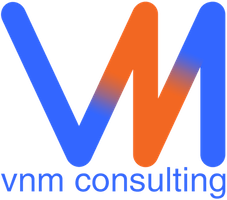
Salesforce Implementation: Our Approach
VNM has a very successful track record of delivery for Salesforce.
The VNM Salesforce implementation approach has a foundation of driving tangible business improvement.
This means that our starting point and is to work through the key objectives for the overall programme or project with business leaders and teams.
Examples of how these are typically articulated could be:
- Increase opportunity win rates by xx%
- Raise the number of qualified opportunities by yy%
- Maximise customer satisfaction score by zz points
Step 1
In our experience, the first step to our Salesforce implementation is crucial. In this step, we develop the objectives into a vision, and then go through a process of discussing and agreeing on the vision with executives, business managers, team leads and broader user community. This process uses our unique methodology for successful Salesforce integration: Vision Alignment Methodology (VAM). You can learn more about this here.
Step 2
Once the first step is complete, we move into a hybrid Agile/Waterfall implementation approach. In today’s corporate technology environments, we find that this hybrid approach best suits the diverse architecture. We will use Agile for the Salesforce solutions, organising Sprints to deliver increments in the solution. Whereas, typically, we will use the Waterfall approach for Salesforce integrations, as well as for data migration.
Step 3
The third step is to define the first Minimum Viable Product (MVP). At VNM, our preference for MVP is a small end-to-end complete function, rather than a partially-complete set of functions.
After this, we will add further steps (also known as Sprints) to increase functionality to the solution, going through requirements analysis, building, testing and deploying.
As a result, our Salesforce integration can deliver solutions that are not only well constructed from a technology perspective, but more importantly enable the business to realise tangible business improvement.
